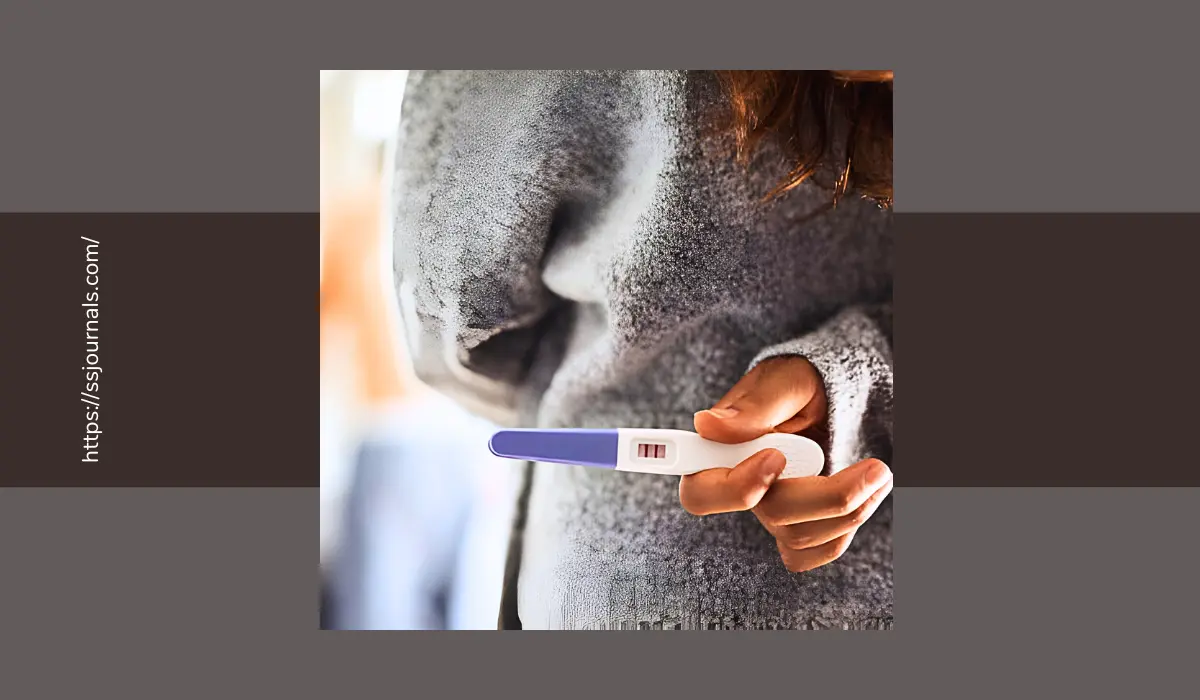For many new mothers, figuring out when they might ovulate and be fertile again after giving birth can be confusing. Paying attention to the signs of ovulation after giving birth is important for family planning and understanding your chances of conceiving another baby. Knowing the signs of ovulation after giving birth like increased cervical mucus, irregular periods, and other ovulation symptoms can help provide clues into your postpartum fertility.
Signs of ovulation after giving birth vary from woman to woman and depend heavily on whether you are exclusively breastfeeding. Exclusive breastfeeding can suppress ovulation for up to six months or longer. As the body adapts to not ovulating, some typical ovulation signs may be absent or seem unfamiliar after birth.
Being attuned to subtle changes in your cervical mucus, menstrual cycle, hormonal profile, and basal body temperature will help determine when your body ovulates following giving birth and regulate its reproductive abilities.
Understanding the timeline of postpartum ovulation is essential. It helps inform decisions about birth control options if trying to prevent pregnancy. Additionally, tracking ovulation signs after giving birth provides insights if planning to conceive another baby. While cycles may seem irregular at first, tracking patterns each month with ovulation prediction kits, fertility monitors, or apps helps detect when ovulation resumes.
Ovulation After Giving Birth
Most women do not get their first real period until 12-24 weeks after delivery. However, it is possible to ovulate before ever getting a period postpartum. This concept confuses many women trying to understand their cycles after giving birth.

Ovulation can start as early as 25 days postpartum or be absent entirely for up to a year while breastfeeding. Since ovulation precedes menstruation, paying attention to signs of fertility rather than waiting for the first postpartum period offers more insight.
Key Signs of Ovulation After Giving Birth
Understanding the primary signs of ovulation allows the detection of your body’s fertile window each month. Watch for these key indicators of ovulation following giving birth:
1. Changes in Cervical Mucus
Typically, cervical mucus becomes wetter, more slippery, clear, and elastic around ovulation as estrogen rises. Check mucus quality daily nearing when you expect ovulation. Watery, egg-white consistency cervical mucus that stretches an inch or more signals peak fertility.
2. Mittelschmerz Cramping/Pain
About one in five women experience ovulation cramping or light pain due to follicles rupturing and releasing an egg. Referred to as Mittelschmerz, this sensation may alternate sides each month indicating which ovary releases an egg.
3. Breast Tenderness/Tingling
Hormone changes around ovulation may cause breasts to feel more tender and tingly. Many women notice this cyclical change as an early sign of ovulation while menstruating. Postpartum mothers may experience something similar nearing ovulation.
4. Higher Basal Body Temperature
A sustained basal body temperature increase of at least 0.4 degrees Fahrenheit confirms ovulation occurred. Chart daily BBT readings over months to detect this biphasic pattern that remains elevated until the next menstruation.
5. Increased Sex Drive
Surging estrogen and testosterone around ovulation boosts libido. Take note if your mood and desire for sex seem higher at consistent times which may indicate approaching your fertile window.
6. Positive OPK
Ovulation predictor kits (OPKs) detect the luteinizing hormone (LH) surge 24-36 hours before ovulation. When the test line matches or surpasses the control line, ovulation will occur soon. Continue testing to see when the LH surge ends.
7. Fertility Monitor Peak
Products like the Clearblue Fertility Monitor track estrogen and LH levels to provide a “low”, “high” and two-day “peak” reading signaling the two most fertile days to conceive. Using for months helps identify when this peak fertility recurs each cycle.
The length of your menstrual cycle dictates when to start looking for ovulation signs after giving birth. On average, most women ovulate around cycle day 14 if they have a 28-day cycle. However, individual variation is normal and cycles often differ postpartum.
Getting to Know Your Cycles After Birth
Do not get discouraged if ovulation seems delayed longer than expected after giving birth. Especially while breastfeeding, cycles can become irregular at first with more time between cycles. Creating a routine to check for signs of ovulation each day helps set your internal clock. In addition to the typical indicators of pending ovulation, also watch for these secondary signs:
- Increased saliva/thirst – Estrogen dries out the mouth which may feel like excessive thirst nearing ovulation.
- Heightened sense of smell – You may notice odors more intensely just before ovulating due to estrogen’s effects on nerves.
- Bloating/constipation – Hormone changes can cause temporary water retention, stomach upset, or constipation around ovulation for some women.
- Increased energy – Some feel more energetic, upbeat, or restless as ovulation approaches.
- Spotting – About 25% of women have light spotting during ovulation which may be confused for a light period.
- Ovulation prediction kit – Use an OPK to test urine for impending ovulation.
Combining ovulation signs with periodic use of OPKs helps confirm when ovulation resumes post-birth. While breastfeeding delays ovulation further, even exclusively nursing mothers ovulate before menstruation returns.
When to Start Tracking Ovulation After Birth?
Doctors typically recommend waiting at least 18-24 months between giving birth and getting pregnant again. This spacing allows the body to recover lost nutrients during pregnancy and breastfeeding. However, unprotected intercourse too soon after delivery risks pregnancy well before first menstruation.
Begin tracking ovulation signs about 3-4 weeks after giving birth if not exclusively breastfeeding. Allow extra time before starting if you remain amenorrheic and nurse frequently. When cycles are regulated before giving birth, use your historical average cycle length to determine when to commence watching for fertility signals.
Consistency helps develop an intuitive understanding of ovarian activity so aim to check cervical mucus changes and other indicators around the same time daily. Consider ovulation tests and menstrual calendars to remind of ideal timing. Over time, patterns should emerge allowing anticipation of the fertile window opening each month.
What If Ovulation Signs Confuse After Birth?
Given all the changes postpartum between recovery, hormones regulating, sleep deprivation, and demands of a new baby—ovulation tracking proves challenging. See your doctor if you still do not detect ovulation by 6 months after giving birth or first feel concerned.
They can do blood tests to measure hormone levels and evaluate conditions like postpartum thyroiditis or pituitary disorders interfering with normal cycling.
Conclusion
Understanding ovulation signs empowers efforts toward healthy conception spacing after giving birth. While waiting the recommended 18 months before conceiving again allows proper recovery, tracking your cycles sooner helps predict fertility return.
Monitoring cervical mucus changes, using OPKs, and charting basal body temperature—combined with knowing normal timelines—provides clues into when ovulation resumes postpartum.
Getting your cycle back after birth varies widely depending on factors like nursing frequency. Do not fret if ovulation seems delayed longer than expected while breastfeeding or if your cycles seem irregular at first. This relates to prolactin and suppressed estrogen due to nursing. Over weeks to months, cycles should normalize allowing ovulation tracking.
Consistency is key. Check for ovulation signs around the same time daily—starting no later than 6-8 weeks postpartum if menstrual cycling resumed pre-pregnancy. Notice connections between secondary indicators like increased libido, mittelschmerz pain, or spotting and your primary fertile signals. Confirm ovulation using OPKs, temperature rise, and apps.
While waiting the ideal 18 months before conceiving again allows the most complete recovery, unexpected ovulation before menstruation returns risks shorter spacing between babies. Monitoring your cycles empowers planning if trying to avoid or achieve pregnancy.

